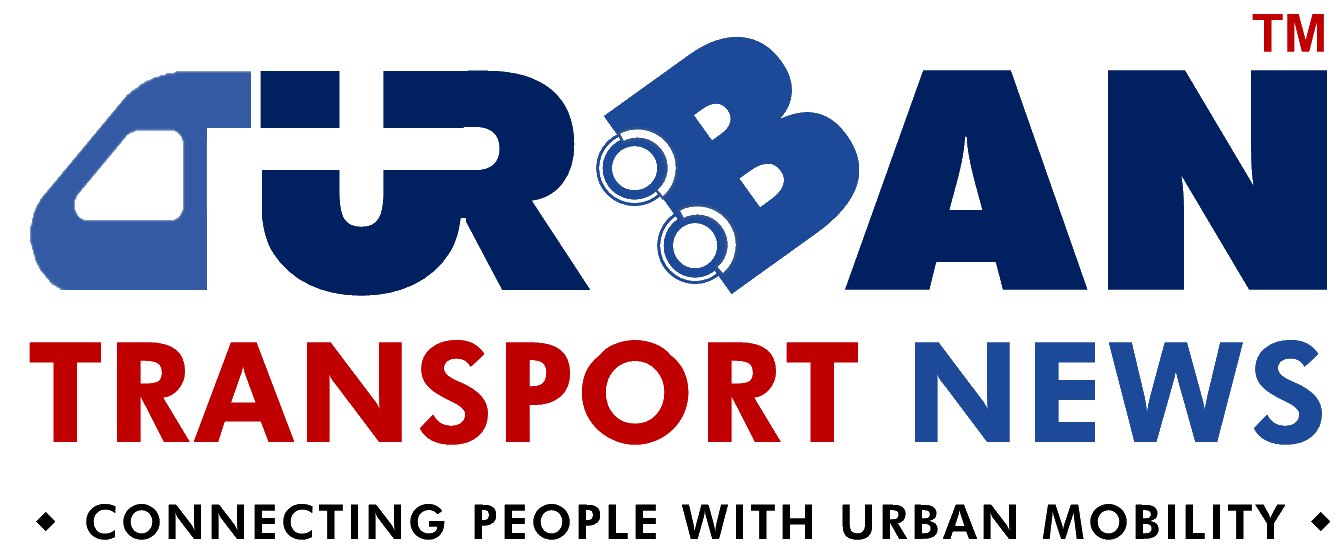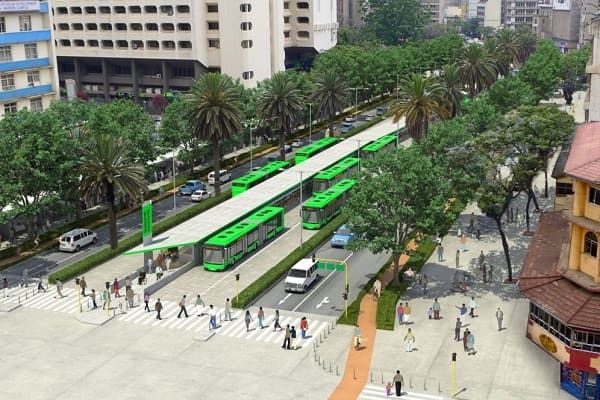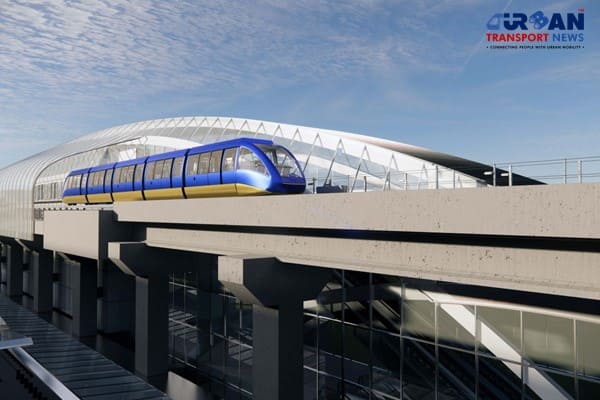 Delhi unveils ambitious Urban Mobility Vision: Luxury Metro Coaches, New Tunnels and Pod Taxi
Delhi unveils ambitious Urban Mobility Vision: Luxury Metro Coaches, New Tunnels and Pod Taxi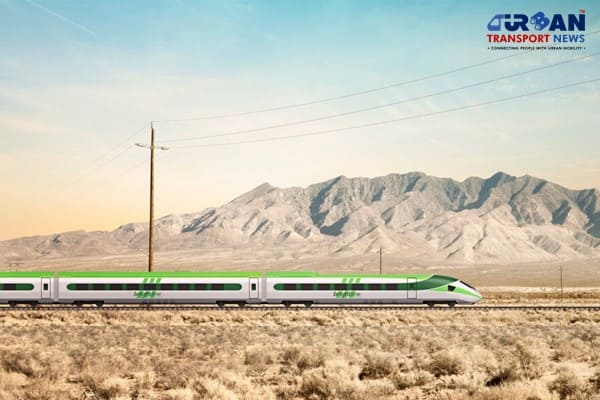 Qatar approves Saudi Rail Link Agreement, Accelerating Gulf Railway Vision 2030
Qatar approves Saudi Rail Link Agreement, Accelerating Gulf Railway Vision 2030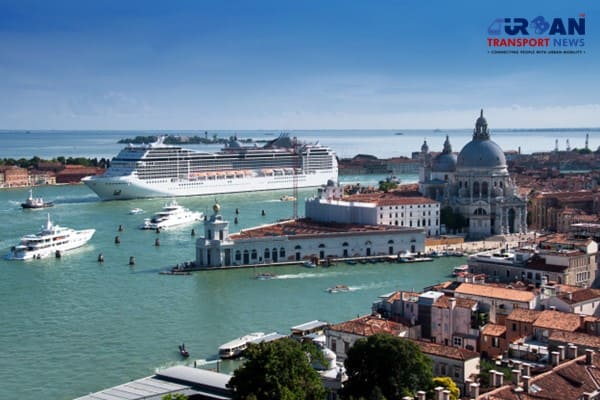 UP Govt plans to introduce Water Metro services in Ayodhya, Varanasi & Prayagraj
UP Govt plans to introduce Water Metro services in Ayodhya, Varanasi & Prayagraj India’s First Urban Ropeway begins Trial Run in Varanasi, Set to carry 1 Lakh passengers daily
India’s First Urban Ropeway begins Trial Run in Varanasi, Set to carry 1 Lakh passengers daily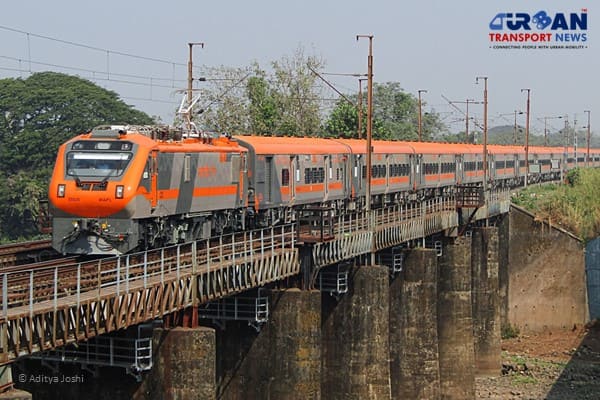 India and Bhutan to Build First-Ever Rail Link: ₹4,033 Cr Project to Boost Regional Connectivity
India and Bhutan to Build First-Ever Rail Link: ₹4,033 Cr Project to Boost Regional Connectivity Patna to launch Eco-Friendly Water Metro; Trial Run soon between Digha and Kangan Ghats
Patna to launch Eco-Friendly Water Metro; Trial Run soon between Digha and Kangan Ghats Air India Group set to launch Flights Operations from Navi Mumbai International Airport
Air India Group set to launch Flights Operations from Navi Mumbai International Airport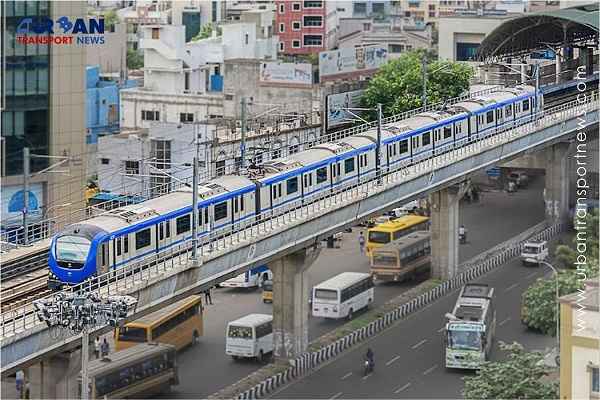 Chennai to launch 25-Year Mobility Plan with Unified QR Ticketing and One-App Transit System
Chennai to launch 25-Year Mobility Plan with Unified QR Ticketing and One-App Transit System Kochi Metro bags ₹4.4 crore contract to prepare DPR for Mumbai Water Metro Proejct
Kochi Metro bags ₹4.4 crore contract to prepare DPR for Mumbai Water Metro Proejct Navi Mumbai International Airport set for September launch; IndiGo and Akasa Air to lead Operations
Navi Mumbai International Airport set for September launch; IndiGo and Akasa Air to lead Operations
China's T-Flight Hyperloop Train Sets New Speed Record, Tested at 623 kph
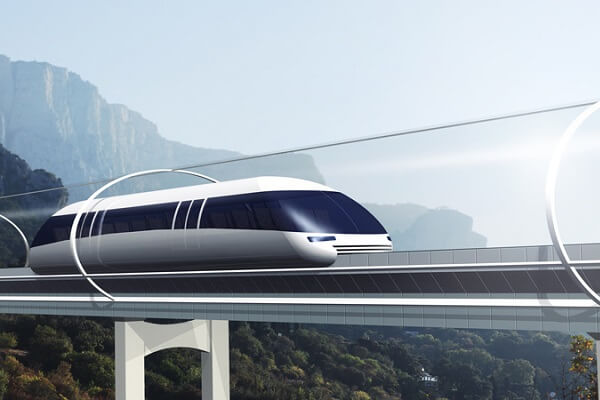
Beijing, China (Urban Transport News): China's innovative 'T-Flight' train has achieved a groundbreaking milestone by reaching a record speed of 387 mph (623 kph) within a low-vacuum tube spanning just 1.2 miles (2 kilometers). This remarkable achievement surpasses the speed of Japan's MLX01 Maglev, currently the fastest operational train in the world, which clocks in at 361 mph (581 kph).
Developed by the China Aerospace Science and Industry Corporation (CASIC), the T-Flight train aims to revolutionize long-distance travel. Its ambitious objective is to establish a tube system connecting Wuhan and Beijing, spanning a distance of 650 miles (1,955 kilometers). Chinese engineers envision the train reaching an astonishing speed of 1,243 mph (2,000 kph) upon commercialization, potentially outpacing existing modes of transportation worldwide, including airplanes.
At speeds approaching the sound barrier and surpassing twice the velocity of a Boeing 737 plane, the T-Flight holds the promise of reducing travel time between Wuhan and Beijing to a mere 30 minutes, a fraction of the current four-hour journey via conventional high-speed trains. Compared to other high-speed trains globally, such as Japan's Bullet Train or the Eurostar, the T-Flight's capabilities far exceed existing standards.
The T-Flight operates on magnetic levitation (maglev) technology, which enables seamless, frictionless movement by suspending and guiding the train through magnetic fields. Utilizing a vast array of magnets for lift and propulsion, the train glides effortlessly within the tube, offering passengers a smooth and quiet travel experience. This maglev technology eliminates traditional friction generated by wheels, significantly enhancing efficiency and speed.
Notably, the T-Flight is envisioned to function as a hyperloop train, transporting passengers at unprecedented speeds through vacuum tubes spanning vast distances. This concept, initially proposed by American engineer Robert Goddard in 1910, has garnered renewed interest in recent years, particularly following Elon Musk's white paper on the subject in 2013. While challenges remain, including cost and practical considerations akin to the HS2 rail line in the U.K., the potential of hyperloop transportation is undeniable.
As the T-Flight embarks on further testing phases, including extending the track to allow for even greater speeds, China's strides in transportation technology showcase a commitment to pushing the boundaries of innovation. With each milestone, the journey towards revolutionizing long-distance travel takes a significant step forward, promising a future where rapid and efficient transportation reshapes global connectivity and accessibility.
